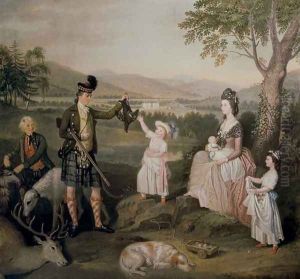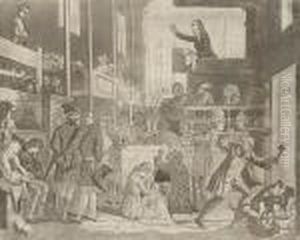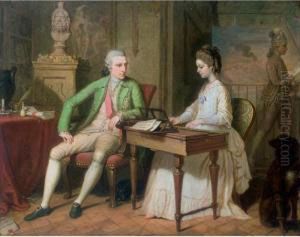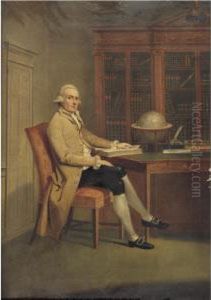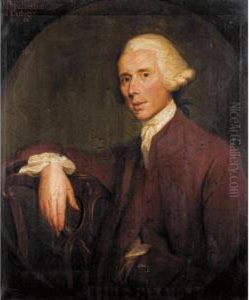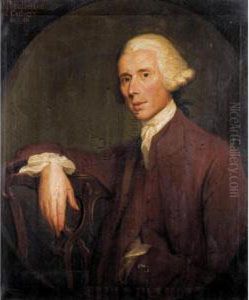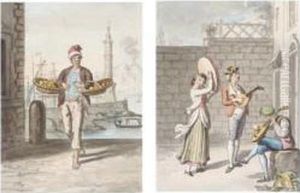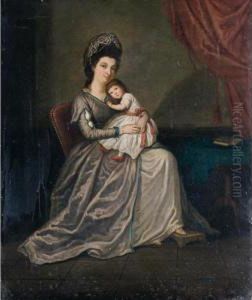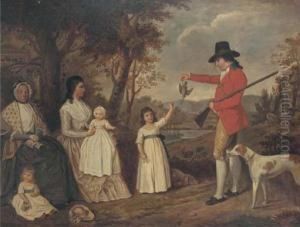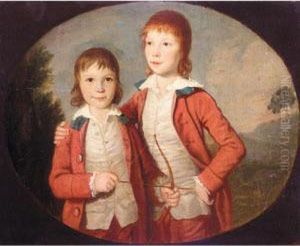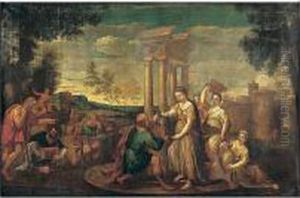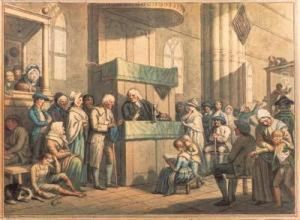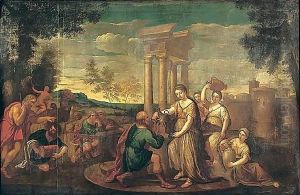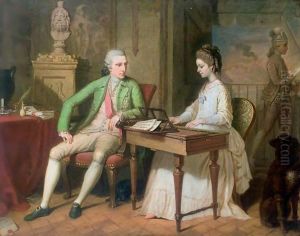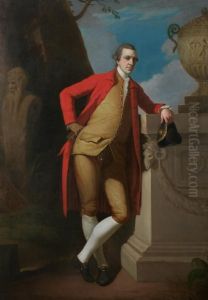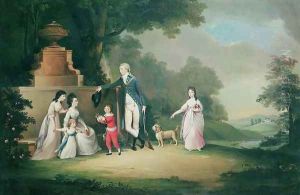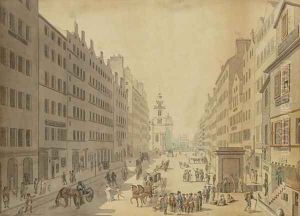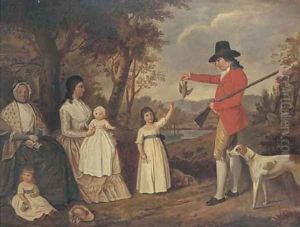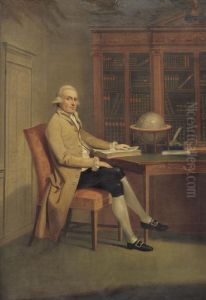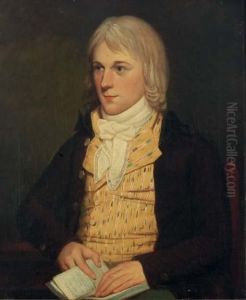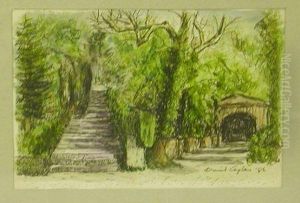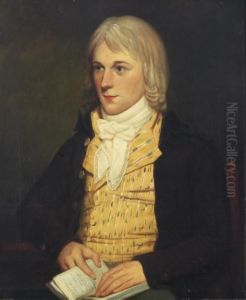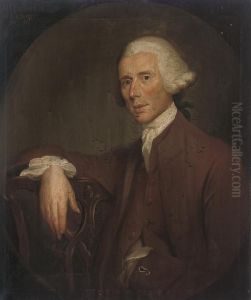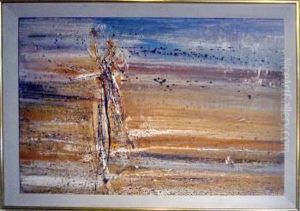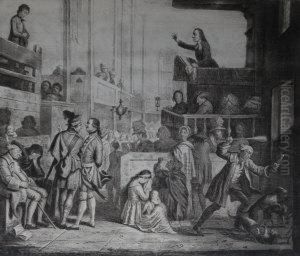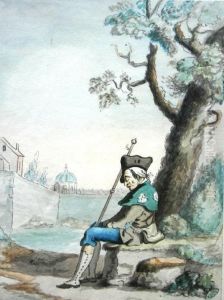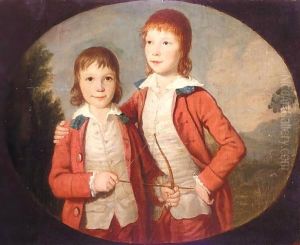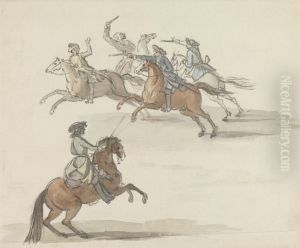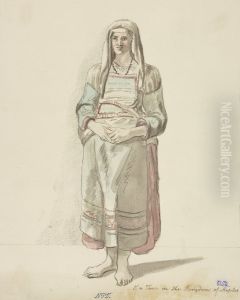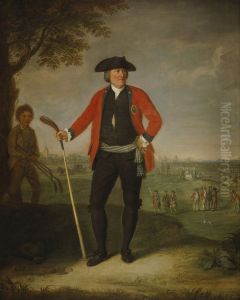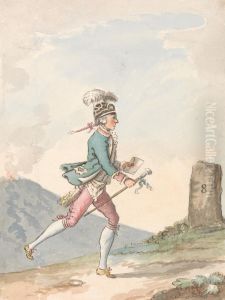David Allan Paintings
David Allan was a Scottish painter, limner, and illustrator, often hailed as 'the Scottish Hogarth'. Born on February 13, 1744, in Alloa, Clackmannanshire, Allan developed an early interest in art. He initially studied under the painter David Martin in Edinburgh before moving on to further his education at the Royal Academy in London. After receiving a scholarship, Allan continued his studies in Rome, where he spent several years. His time in Italy had a significant influence on his artistic style, which incorporated elements of the Italian Renaissance and the burgeoning Neoclassical movement.
Allan's work is characterized by its focus on Scottish subjects and everyday life, with a particular interest in genre scenes, portraits, and historical compositions. His paintings often include a satirical edge, much like the works of his English contemporary, William Hogarth. After returning to Scotland in 1777, Allan was appointed the master of the Trustees’ Academy in Edinburgh, where he became an influential figure in the Scottish art scene. He held this position until his death.
Throughout his career, Allan received numerous commissions for illustrations, including works for books of Robert Burns' poetry. His illustrations helped to popularize Burns' work and contributed to Allan's reputation as a leading Scottish artist of his time. Allan's best-known works include 'The Origin of Painting' (also known as 'The Maid of Corinth') and 'The Penny Wedding', both of which showcase his talent for storytelling and his interest in social commentary.
David Allan passed away on August 6, 1796, in Edinburgh. Despite his relatively short life, Allan left behind a body of work that continues to be celebrated for its unique blend of Scottish character and European artistic principles. He played a crucial role in the development of a distinct Scottish style of painting and is remembered today for his contributions to the artistic heritage of Scotland.
